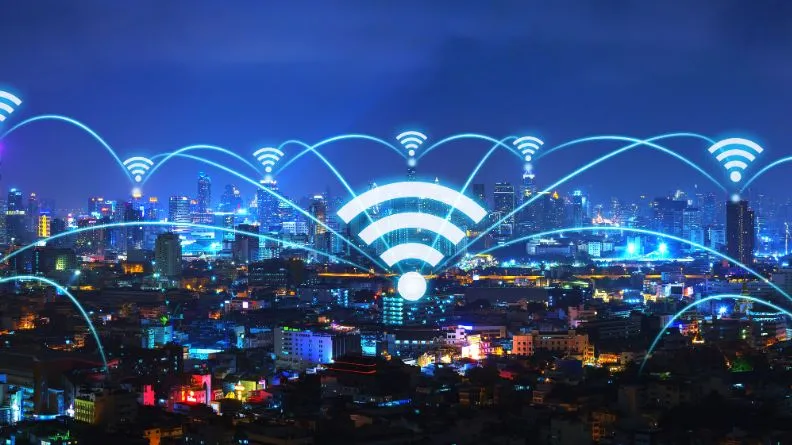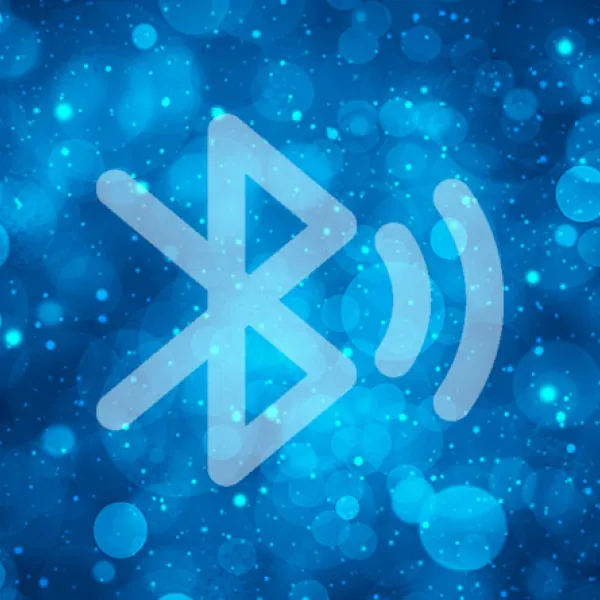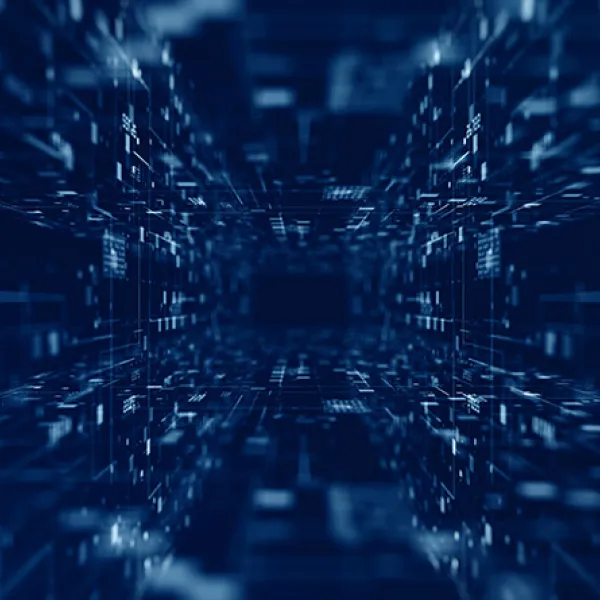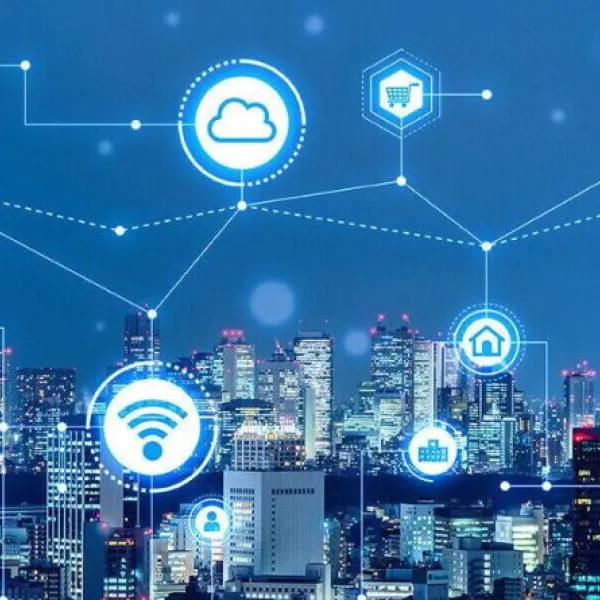LoRaWAN®

Benefits
What is LoRa technology?
LoRa stands for Long Range, is a patented digital wireless data communication technology developed and owned by Semtech Corporation. It is specifically designed to enable long-range communication of low-power devices in various applications, particularly in the context of the Internet of Things (IoT).
LoRa is ideal for applications which transmit small chunks of data with low bit rates. Data can be transmitted at a longer range compared to technologies like WiFi and Bluetooth. This makes LoRa technology well suited for sensors and actuators that operate in low power mode.
The key components of LoRa technology include:
- End Devices: These are the low-power sensors or devices that collect data and communicate with LoRa gateways.
- LoRa Gateway: LoRa gateways act as bridges between the end devices and the network server. They receive data from multiple devices and forward it to the network server.
- Network Server: The network server manages the LoRaWAN (Long Range Wide Area Network) protocol, authenticates devices, and routes data between end devices and application servers.
- Application Server: Application servers process and store data received from end devices, often providing interfaces for end-users or applications to access this data.
What is LoRaWAN®?
LoRaWAN is a Media Access Control (MAC) layer protocol built on top of LoRa modulation designed to wirelessly connect battery operated ‘things’ to the internet. It is a software layer which defines how devices use LoRa hardware, for example when they transmit, and the format of messages.
It targets the main Internet of Things (IoT) requirements such as localisation and mobility services, bi-directional communication and end-to-end security.
LoRaWAN is suitable for transmitting small size data chunks (like sensor data) over long distances. It provides a significantly greater communication range with low bandwidths than other wireless data transmission technologies such as Wi-Fi, BLE or cellular.
The LoRaWAN protocol is developed and maintained by the LoRa Alliance: an open association of collaborating members.
How does LoRa technology work?
LoRa technology works by transmitting data wirelessly using a technique called Chirp Spread Spectrum (CSS). In LoRa, data is encoded into chirp signals, where the frequency of the signal varies linearly over time. This allows LoRa devices to communicate over long distances while consuming minimal power.
Operating in the unlicensed sub-GHz frequency bands, LoRa signals can travel several kilometers and penetrate obstacles like buildings and foliage. LoRa devices, such as sensors or trackers, transmit data to nearby LoRa gateways, which then forward the data to a network server using the LoRaWAN protocol. This server manages the network, authenticates devices, and routes data to the appropriate destination, such as an application server.
Overall, LoRa technology offers a simple yet effective solution for long-range, low-power wireless communication, making it ideal for various IoT applications.
Typical applications of LoRaWAN technology

Worker tracking for safety





